
Trail advocacy on the national level hinges on numbers. When IMBA or another advocacy organization comes to the table, saying that they represent mountain bikers, the first question land managers often ask is, “Well, how many do you represent? What’s your membership?”, according to Dave Wiens.
In our recent podcast interview, Wiens said, “If we say 30,000, we might get a little nod, but if we say 60,000, 90,000, 150,000, those are game changers and something that we should look towards.” But IMBA has been fighting an uphill battle in an attempt to acquire those numbers for years. For decades they have striven to connect with as many mountain bikers as possible around the nation, and despite having had their most successful membership drive ever this spring (bringing in 3,600 brand-new members), their membership still only numbers 34,970 dues-paying members, according to Eleanor Blick, Communications Manager for IMBA.
[see_also id=’211187′]
During our recent gear survey, we snuck in a few advocacy questions in an attempt to get the pulse of support—real, dues-paying support—for the advocacy organizations that we write about so often. And the results of that survey show why IMBA continues to struggle to connect with mountain bikers, pushing a metaphorical boulder up a mountainside.
Survey Results
Out of 2,123 survey respondents, an astonishing 79% responded and said that yes, they monetarily support some sort of advocacy organization. In fact, it’s possible the percentage of engaged mountain bikers supporting advocacy could be even higher, as some riders may have simply not answered that question on the survey (we didn’t include an “I don’t support any organizations” button). On the flip side, that’s 79 (or more) percent of highly-engaged mountain bikers, the type that would read a mountain biking website and work their way through a lengthy gear survey. The percentage could very well be drastically different for the casual mountain biker
We broke the question out by specific advocacy organization. Out of the total respondents (including the abstained votes), only 30% said that they financially support IMBA. Only 6.7% support the Sustainable Trails Coalition. 8.5% said that they support an “other” organization. But the clear winner? 63% support their local mountain bike advocacy organization.
Mountain Bikers Engage in Advocacy Most on the Local Level
The clearest conclusion from this data is that mountain bikers are most passionate, connected, and engaged with the mountain bike organizations in their local communities. In fact, despite IMBA scoring 30% on the survey, it’s likely that many of those respondents are supporting IMBA financially via their local chapter or club. It’s also possible that some of those who voted “local” are supporting an IMBA-affiliated chapter or club as well without even realizing it or noting it.
Let’s dial the lens out from IMBA and consider the Sustainable Trails Coalition (STC). Since the STC isn’t a dues-paying member organization and has just one singular goal—return the Wilderness Act to its original interpretation, to allow mountain bike access on some (but not all) trails—only having 6.7% financial support from our survey respondents isn’t a debilitating issue. But what this does say is that most riders aren’t extremely concerned with advocacy efforts that take place on a national level. At least, they don’t care enough to put their money where their mouth is—since 96% of mountain bikers think Wilderness should be open to bikes, according to another survey we conducted.
[see_also id=’66315′]
The fact that many of the STC’s largest donations come from states and regions that are particularly threatened by Wilderness designations further supports the idea that mountain bikers naturally care most about the trails directly next door to them. Specifically, the STC has received numerous donations from Montana, Idaho, and California—all states which are heavily affected by the Wilderness issue. The San Diego Mountain Bike Association, despite being based in a major city, is still heavily restricted by Wilderness areas higher up in the mountains—and they’ve donated thousands of dollars to the STC.

“My sense is that locally, mountain bikers lean toward supporting the local club/association over national advocacy,” said Ron Bergin, Executive Director of CAMBA in Wisconsin. “If we were in a threatened situation where we needed higher-level advocacy, however, i.e. lobbying at the state or federal level, I’m sure that would attract more national level financial support since we don’t have the resources to work on that level. Fortunately for us, our land access and land manager relations have always been super solid, so that is not an issue.”
But is this a good thing? Is having mountain bikers in so-called “safe” places like Wisconsin not being concerned with the national-level politics hurting mountain bike access overall?
“The national advocacy effort is obviously super important. A lot of mountain bikers are not joiners by nature,” said Mike Smith, Vice President of Salida Mountain Trails. “We are not near as well organized and funded as are other user groups – especially motorized groups. Keeping our interests and rights in the forefront with state and national government, and stressing our importance to recreation-related economic development, is very important.”
Smith continued:
“We hope our local users and supporters realize the importance of having a strong state and national advocacy. There are many organized user groups that vie for our state/federal land managers’ time and resources, and we believe the macro effort can help us local groups to get a better seat at the table when requesting their time for planning for future trails and related goals. We all need to realize that not everyone loves mountain biking, and the advocacy hopefully promotes us as a whole in the best light.”
Mountain Biking at its Core Is Grassroots
Dialing out the perspective even more, this data lends credence to a position that I’ve held for years, which we discussed in a bit more detail in our podcast, “Is this the golden age of mountain biking?” That position is this: mountain biking, at its core, is a grassroots sport.
[see_also id=’206488′]
Looking at IMBA’s struggle to gain and retain members, and listening to the industry-wide metrics of bike and component sales that are on the decline, you could be forgiven for thinking that the sport of mountain biking is in peril. But anecdotal evidence gathered by anyone who’s an avid rider and visits popular trailheads around the country flies in the face of the nationwide statistics: it sure as hell feels like mountain biking is flourishing!
It feels like more people are riding bikes than ever before. Despite trail loss to new Wilderness and Wilderness Study Areas, these local mountain bike advocacy organizations around the nation are building singletrack wherever they can legally put tools to dirt. Not only is local participation and trail building up, but mountain bike tourism is booming, with true destinations experiencing more mountain bike visitors than ever before (look at Park City and Whistler), and brand-new destinations like Northwest Arkansas surging onto the scene out of what seems like nowhere.
The sport of mountain biking, mountain biking advocacy, and trail building in particular, is alive and well, and great things are happening in communities across the nation! But these great things? This continued forward progress in our sport? The vast majority of this progress is happening at the local, grassroots level.

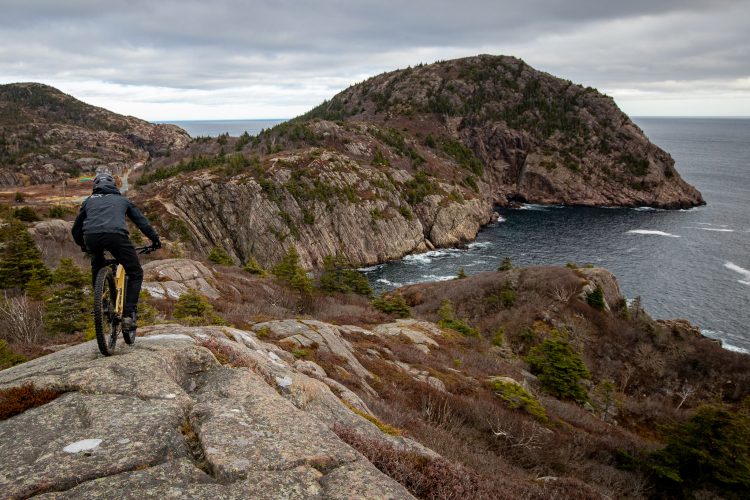
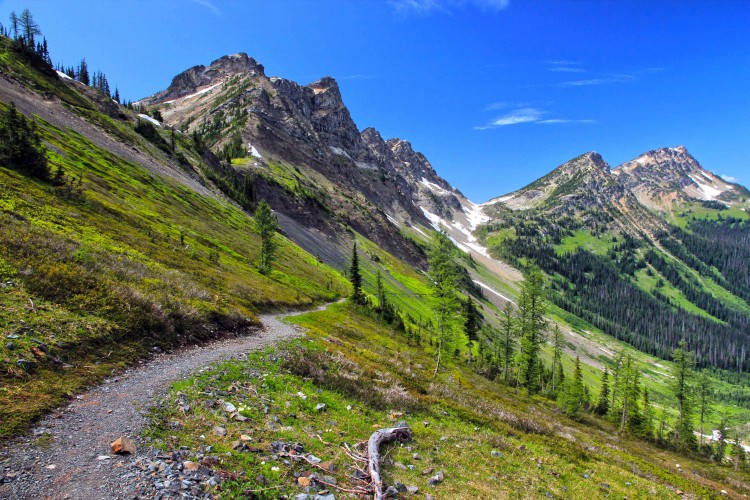
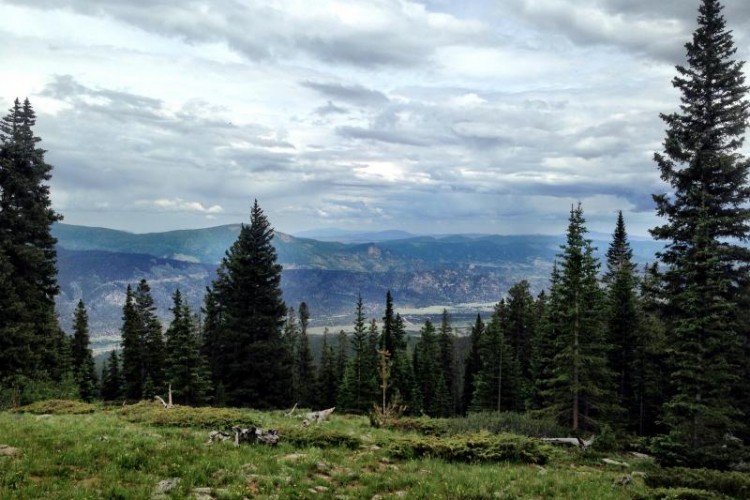


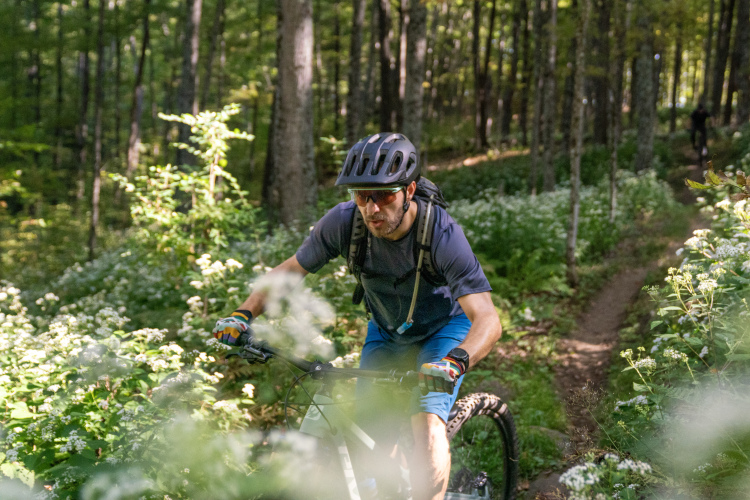

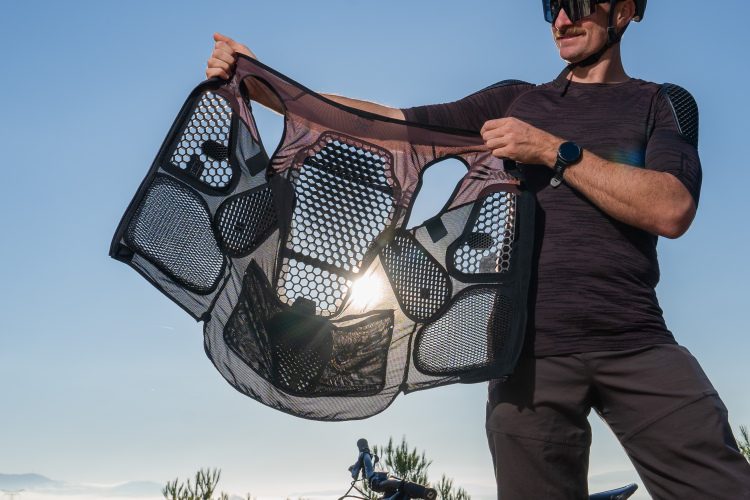

0 Comments